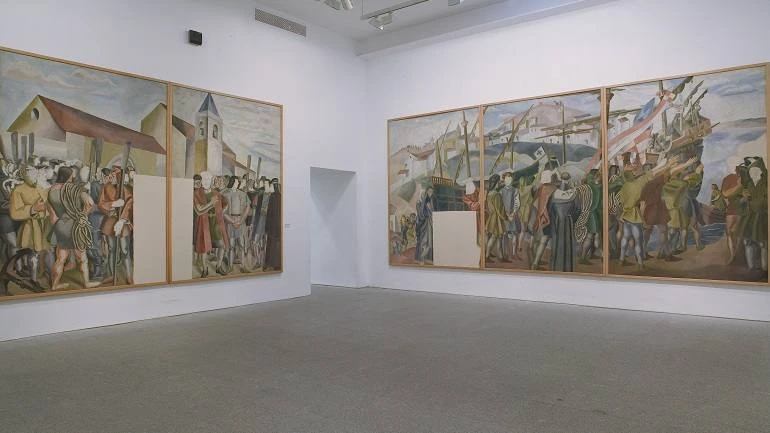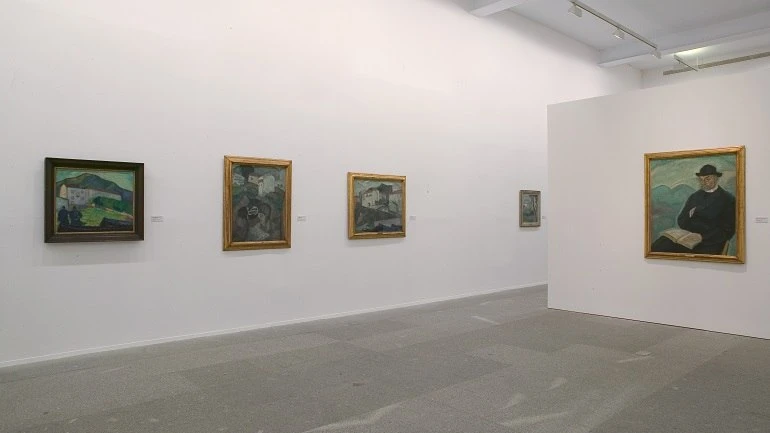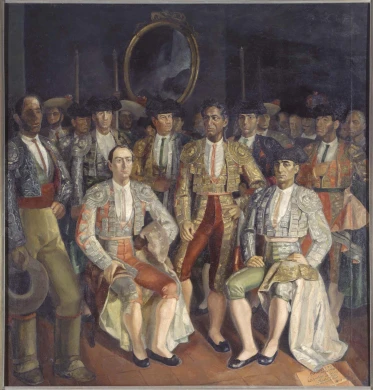Daniel Vázquez Díaz, 1882-1969
This retrospective is added to the exhibition the Museo dedicated to him in 1993 Vázquez Díaz. Colecciones del Museo Nacional Centro de Arte Reina Sofía and intends to give Vázquez Díaz back his real historical and artistic profile and recover his figure and place in history. The exhibition features hundreds of oil paintings and an important collection of drawings, a discipline in which Vázquez Díaz proved to be a true master. Also, a thorough biographical study along with a comparative aesthetical study has been undertaken of the evolutionary patterns of his work, which allows us to properly relate him to the art of his time.
Artists
Museo de Bellas Artes de Bilbao (February 21 - May 29, 2005)
Organised by
Museo Nacional Centro de Arte Reina Sofía and Museo de Bellas Artes de Bilbao
Image gallery



Itinerary
Museo Nacional Centro de Arte Reina Sofía, Madrid
2 November, 2004 - 10 January, 2005
Museo de Bellas Artes de Bilbao
21 February, 2005 - 29 May, 2005
